The Benefits of a Family Gap Year
LIFE DESIGN
The Benefits of Taking a Family Gap Year

Kelly Woods, writer
7 July 2017
If you’ve ever dreamed of a different life (and who hasn’t?), a family “gap year” might just be the answer.
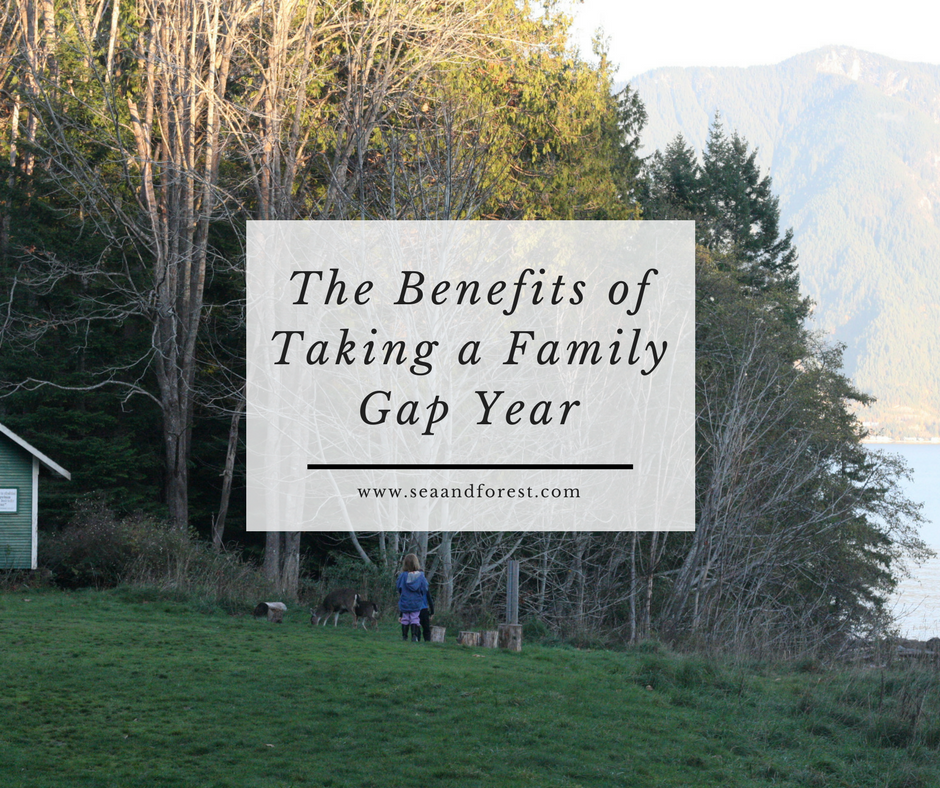
After my first year of university, I felt a little lost. I also felt a little put through the ringer. I had just gone through extreme essay-writing boot camp, a major philosophy reading deluge, and a full-on blast of world history. By the end of the year, my head was spinning, and I didn’t really know where I was (let alone what I wanted in life!).
So, I did what any sane person would: I took a gap year. (Honesty alert: it was technically a gap semester). I took the modern equivalent of “the grand tour,” and backpacked around Europe for a few months. When I returned, I was inspired, enlivened, and had a renewed focus for my future studies. In short, I figured out why it mattered.
That was a long time ago. I mean a long time ago.
When I was travelling, I would meet people like the woman in Nice who told me, “My husband and I came here together 20 years ago.”
“Twenty years!?” I would think.
That amount of time, to a nineteen-year-old, seemed like an absolutely unthinkable passage of time.
“There is no way I am waiting twenty years to come back here.”
Fast forward, and I’m 38. I’ve lived exactly one lifetime since then. And, I haven’t been back to Nice (yet).
Parenthood will do that to you (as will a master’s degree, and a mortgage, and the many other happenings of life, for good or for bad).
Well, a year or two ago, my husband and I were asking ourselves the big questions. And, although we still don’t have all the answers, we thought it might be time to learn from the world, once again.
So, we said yes to an adventure, and took a gap year with our family. This time, we didn’t travel to Europe (although that would have been equally as awesome).
We explored another dream: island life.
And we found ourselves living off-grid, on an island off the coast of Vancouver, Canada. It was a stretching, life-altering experience that caused us to examine what we really wanted in life.
“We said yes to an adventure, and took a gap year with our family.”
Who says you can’t teach an old dog new tricks? I learned to properly clean a bathroom for the first time (volunteering as a host for visiting families at the camp where we lived), cooked for a large group for the first time (huge personal accomplishment for me!). I even learned the ins and outs of alternative power systems. And I wrote. And read. Although, never as much as I would like.
The kids learned the names of local animal, plant and bird species (have you ever seen an oyster catcher?! They’re the most amazing little black birds, with the brightest pink beaks), how to watch the weather everyday (and why it matters), and… how to run a generator.
Sometimes we struggled. It was hard to be apart so often (hubby continued to work in the city part-time). Sometimes it was lonely (although not often). We spent a lot of time commuting, and the kids didn’t have any other kids to play with (but they loved learning from their new adult mentors!). It was also really hard to adjust back to “real life.” For some of us, more so than others.
It’s been a year since we’ve returned to city life. There are a lot of things I am newly grateful for. The ability to pop by the grocery store whenever we run out of milk. The space in our townhouse (which now seems ridiculously huge!), the proximity to friends and everyday playmates.
And there are things we still miss dearly. Our small community, and the sharing of communal meals together. The quietness. Waking up to the sound of bald eagles, and the wind howling in the night. Coffee on the porch. Being part of something larger than ourselves, but also having the time and space to look inward. Oh, and waterfront living wasn’t half bad, either.
All told, our whole family benefitted from both time to slow down, and challenge to stretch us.
Would I take another family gap year? Absolutely.
Would I recommend it to other families? In a heartbeat.
If you get the opportunity to give your family a gap year, it won’t be perfect. But, it will be life-altering, and soul-stretching. Even the hard bits.
And, if you have a dream you can sample, even for a small while, I’ll be the first to tell you: it will be well worth it.
I’d love to hear about your own experiences with gap years. Have they worked for you? Would you ever consider a gap year for yourself or your family? Please do share in the comments.
Need inspiration for your own intentional life?
Sign up for our newsletter and stay in touch.

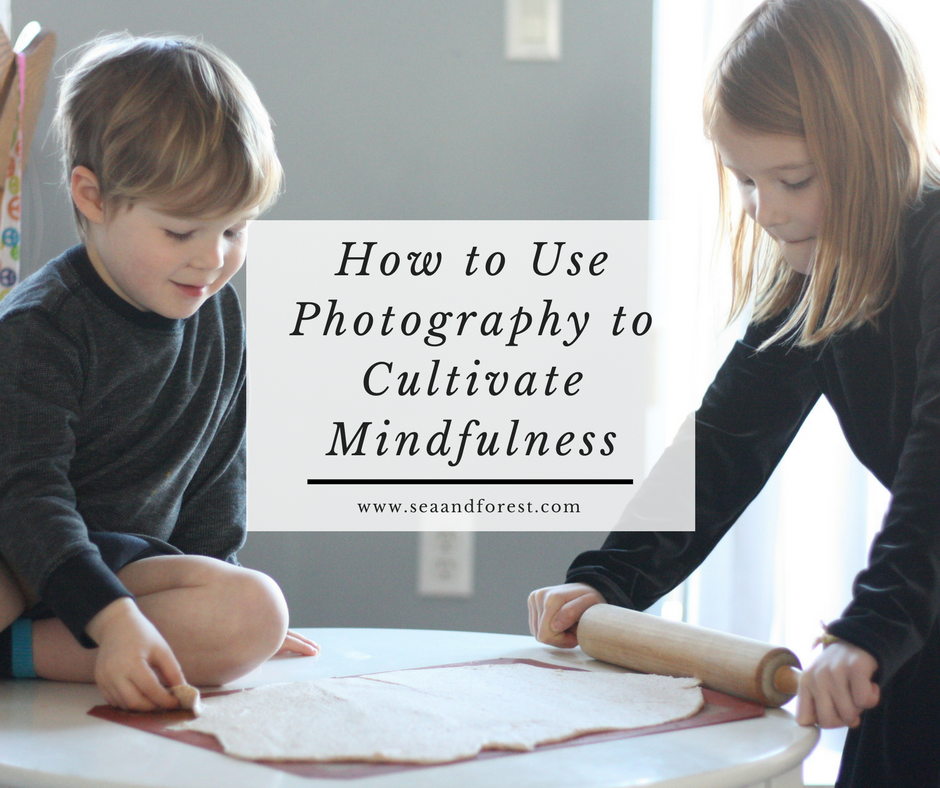
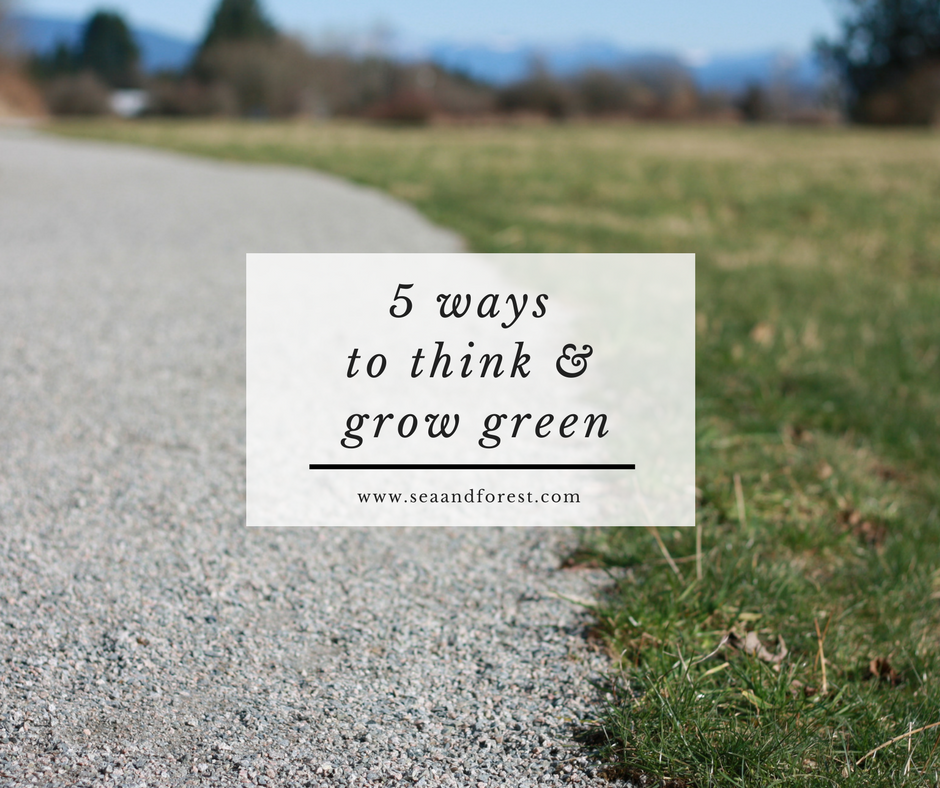
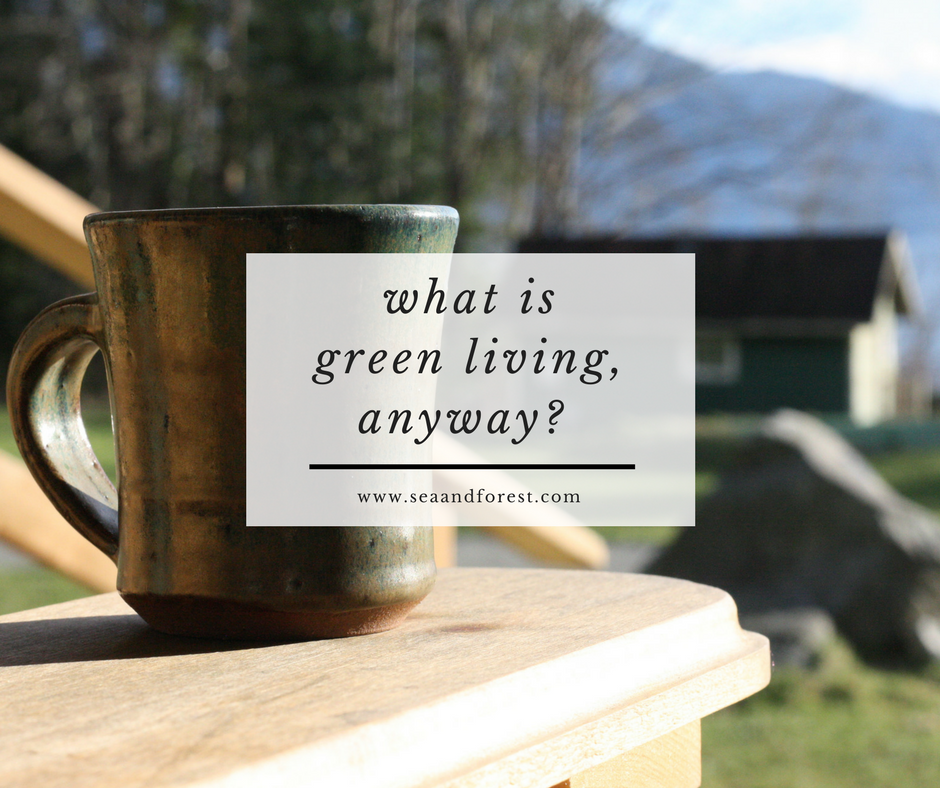
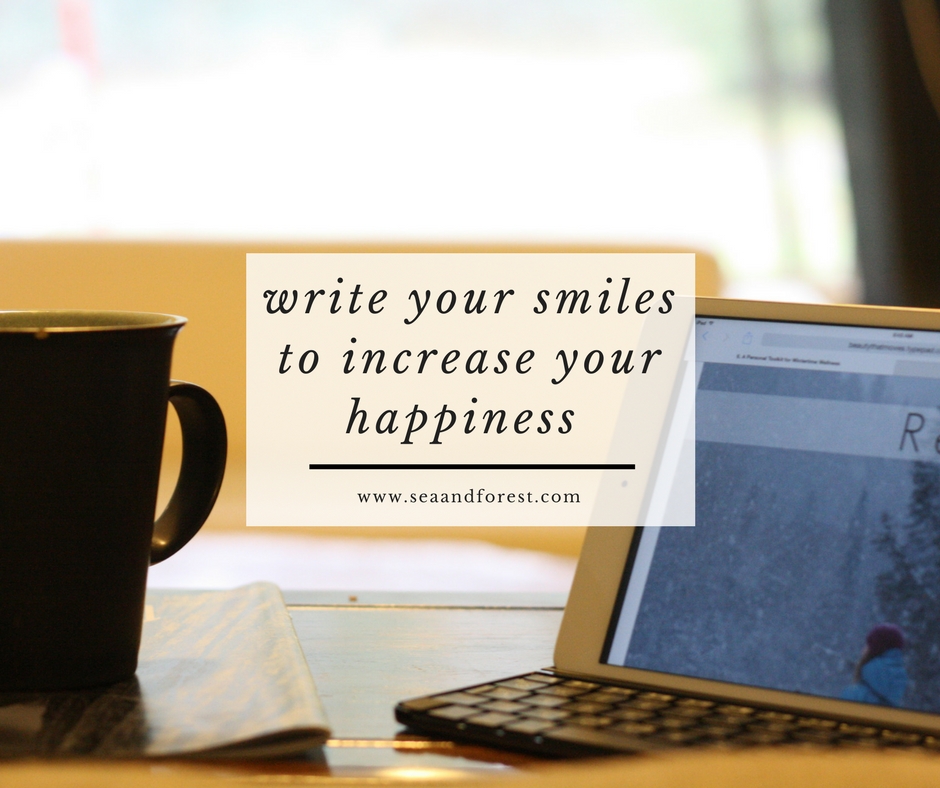
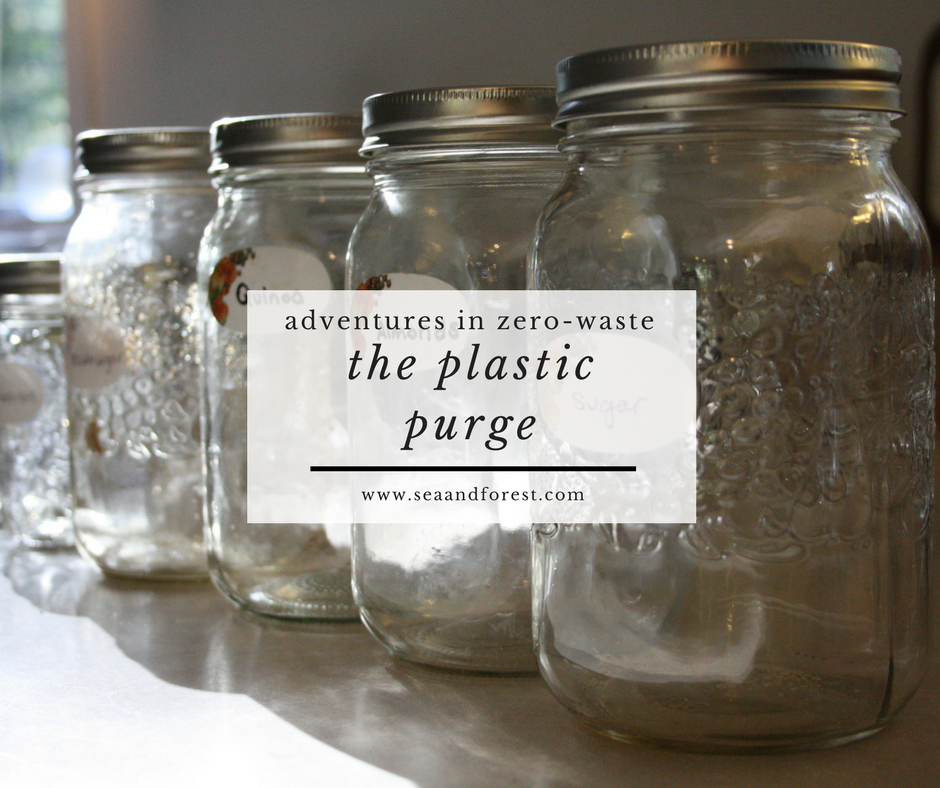
 Hi! I’m Kelly Woods, writer, mother & librarian. I write about beauty, creativity, green living and lifestyle design to help others live a life of inspiration, too.
Hi! I’m Kelly Woods, writer, mother & librarian. I write about beauty, creativity, green living and lifestyle design to help others live a life of inspiration, too.